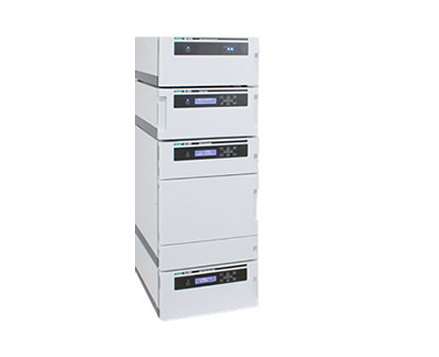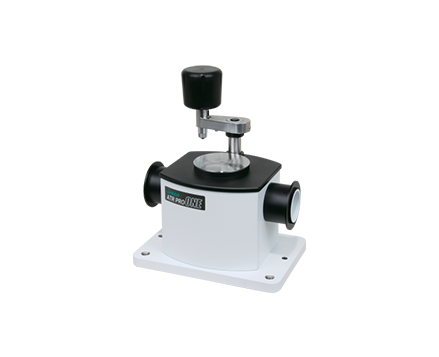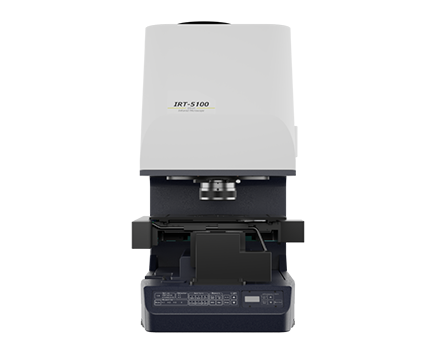Photoelastic Constant Measurements
August 23, 2022
Introduction
The JASCO M-200 is a highly adaptable ellipsometer, allowing for a variety of sample configurations, optical arrangements, and light sources, easily the first choice for a wide range of research requirements. Both reflection and transmission measurements are accommodated by the large, easily accessed sample chamber. The various sample holders can be quickly attached or removed by the operator. Sensitive spectroscopic measurements are carried out in a lightproof environment. Both a spectroscope and up to two laser light sources can be used (a He-Ne laser is the standard source). A photo-multiplier detector is also used. Spectral range options from ultra-violet to infrared are available. The instrument is supplied with a bench and is controlled by a separate PC data system.
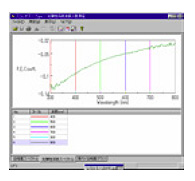
Setting up the M-200 series at an incidence angle of 90˚ allows use of the unit as a transmission ellipsometer, making possible photoelastic constant measurements. Applying tension to a film sample evens out the axis of orientation of the macromolecules forming the film, and the amount of retardation varies in proportion to the strength applied. By measuring the strength applied and the amount of retardation, it is possible to find the photoelastic constant from the relationship between those two values. Measurement uses a transmission stage for photoelastic measurement and a photoelastic constant measurement program.
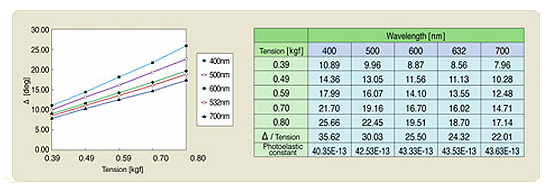
Featured Products:

Photoelastic Constant Measurements
Introduction
The JASCO M-200 is a highly adaptable ellipsometer, allowing for a variety of sample configurations, optical arrangements, and light sources, easily the first choice for a wide range of research requirements. Both reflection and transmission measurements are accommodated by the large, easily accessed sample chamber. The various sample holders can be quickly attached or removed by the operator. Sensitive spectroscopic measurements are carried out in a lightproof environment. Both a spectroscope and up to two laser light sources can be used (a He-Ne laser is the standard source). A photo-multiplier detector is also used. Spectral range options from ultra-violet to infrared are available. The instrument is supplied with a bench and is controlled by a separate PC data system.

Setting up the M-200 series at an incidence angle of 90˚ allows use of the unit as a transmission ellipsometer, making possible photoelastic constant measurements. Applying tension to a film sample evens out the axis of orientation of the macromolecules forming the film, and the amount of retardation varies in proportion to the strength applied. By measuring the strength applied and the amount of retardation, it is possible to find the photoelastic constant from the relationship between those two values. Measurement uses a transmission stage for photoelastic measurement and a photoelastic constant measurement program.


 Download This Application
Download This Application